This is a sponsored post written by me on behalf of the Facts Up Front program.
There is no question that the United States has a love/hate relationship with food. We love to eat, but we hate what it’s doing to us – obesity, sickness and other ailments plague our bodies. Our busy lifestyles have us eating out more, and going to the grocery less. We spend more time on Facebook then we do reading the nutrition panels on the back of the foods we buy. The average person spends only 41 minutes in the grocery store each week, and that includes the check out line!
To educate and help us make more healthful decisions the Grocery Manufacturers Association (GMA) started a national consumer education campaign to boost awareness and understanding – using “Facts Up Front”. The nutrient-based labeling system is supported by national advertising campaign to further educate consumers on the initiative and help them make informed food decisions for their families. Facts Up Front is the most significant reform on food and beverage labeling in more than 20 years! Products bearing the Facts Up Front label are already in the stores, and many large food manufacturers have rolled out packages featuring Facts Up Front, including Nestle, Post Foods, Ocean Spray, PepsiCo, Campbell’s, General Mills, Coca-Cola, Kellogg’s, Kraft, and Heinz. Retailers including Kroger, Hy-Vee and Wegmans are also implementing Facts Up Front on their store brands.
The Facts Up Front are based on nutrition science and are straight from the Nutrition Facts Panel that you’re used to seeing on the side or back of food packages – but now just easier to read. The Facts Up Front labels show calories per serving, and information on three nutrients to limit in the diet: saturated fat, sodium and sugar. Here’s some things to look for:
More nutrients needed for good health. Look for potassium, fiber, calcium, protein, iron and vitamins A, C and D in Facts Up Front labels.
Lower saturated fat. Choose oils for cooking and lean cuts of your favorite meats. Stick with low-fat or fat-free dairy products, and eat seafood a few times a week.
Less sodium. Use Facts Up Front to help identify products with lower amounts of sodium. Try the reduced sodium or no-salt-added versions of your favorite foods, and use more herbs and spices in your cooking to add flavor.
Less sugar. To satisfy your sweet tooth, eat fruits for snacks and/or dessert. Drink water when you’re thirsty.
Calories that help you meet your daily target. Use the Facts Up Front nutrition calculator to determine your daily calorie needs, and check theFacts Up Front label.
Facts Up Front has resources available on their website to help you as a consumer, make more healthful and informed decisions when it comes to grocery shopping. The website provides educational tools and resources to help increase your knowledge and understand your individual nutritional needs, and be able to put it to use when grocery shopping.
Nutrition Calculator – The Nutrition Calculator easily helps people determine their estimated daily nutrient needs for themselves and their family members in order to maintain a wholesome diet and weight. By submitting five simple questions, the calculator provides caloric intake, along with the suggested amounts of daily nutrients needed for each day, including fiber, protein and Vitamin C.
Interactive Label – The Interactive Label goes into full detail of each nutrient featured on Facts Up Front and how they can play a role in a beneficial diet. Each nutrient provides additional information and how it impacts our diet.
Nutrition Quiz – The Interactive Quiz allows nutrition novices and savvy shoppers alike to test their skills in identifying opportunities where they can learn more about building a nutritious diet.
Shopping and Meal Planning Tips – The Shopping and Meal Planning Tips on the website provide advice from registered dietitians to help Americans overcome common obstacles to creating well-rounded meals from the grocery cart to the dinner table.
Recipes – The recipes available through the Facts Up Front website offer ideas for easy, delicious dishes made with products bearing the Facts Up Front label. There are also sections for vegetarians, gluten-free diets, and quick and easy recipes that the family will enjoy.
This is just a few of the great resources that Facts Up Front offers – I would recommend that you go check it out for yourself!
Have you noticed the Facts Up Front labels on your favorites? Do you feel the Facts Up Front help you make more informed, healthful decisions for your family??
This is a sponsored post written by me on behalf of the Facts Up Front program.

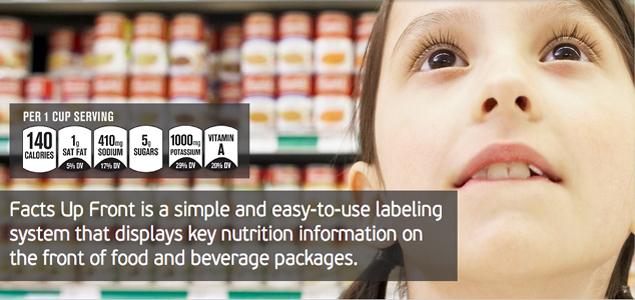
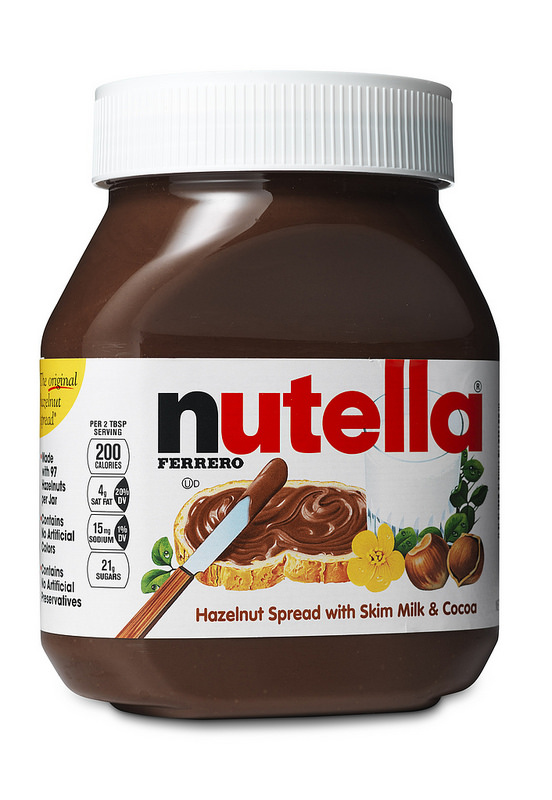
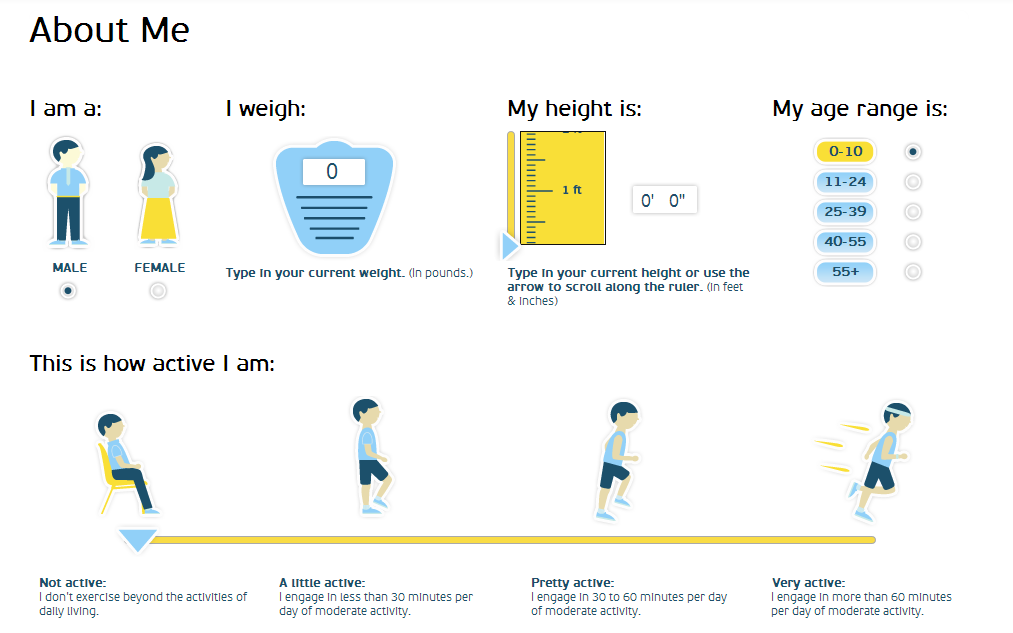

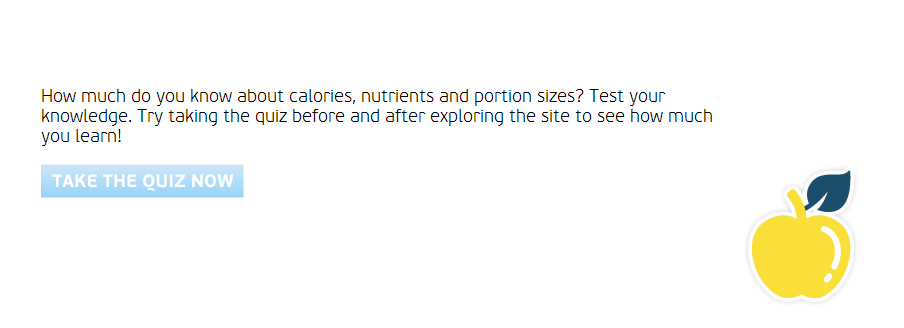
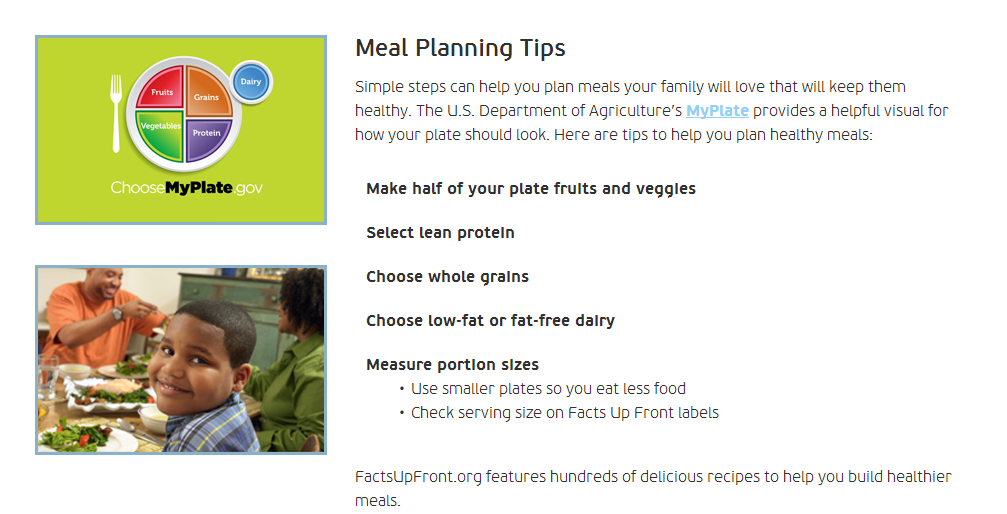



I do like to know what I am eating. Not that it usually stops me, but it should be readily available.
I’ve noticed more and more labels showing the nutritional facts on the front rather than side or back. I really like that change
The easier to read labels the better, I always like to know what I am eating.
I really struggle with this, I try to feed my family all natural and organic foods but it doesn’t always happen. I love the new front info I am seeing!
I like that you can see them at a quick glance. It helps my kids too as they like to read the food labels. Now, if we could get them to list if something is gluten, dairy, soy, etc free:)
I have noticed but not consciously looked for the facts up front labels. I do think they will make it easier to make better choices at the grocery store. Thank you for all the info!
Great program. I know the labels are a pain to understand but I remember when we didn’t have them AT ALL!
I usually try to check the nutrition label when I’m shopping. Sometimes I’m in a rush and just speeding through the store. I need to be better though!
I NEVER hardly read labels. I am horrible at that. I base my buys from just knowing the brand and what I like.
I read the labels on everything. This facts up front is helpful.
I like that the labels are easy to see. I went to that nutrition calculator and found out I need 25 g of fiber a day. Wow. I know I don’t come close to that!
I have noticed the labels more frequently lately. I’m not average, though. We spend no less than 90 minutes grocery shopping each week and that occasionally includes visiting our local tailgate market for meats and some produce (when in season.)
I love the ‘Facts Up Front’! It’s so much easier than trying to read the back. I’m very particular about what we eat, so I don’t buy a lot of canned/boxed/jarred items, but I love knowing the ‘facts’ when I do.
SO happy that brands are taking steps to be more up front. it matters- to all of us!
I haven’t seen these labels yet. I do check labels of certain products as my son is gluten-free.
It’s important we know what we’re eating. I think this is a great program and a needed one.
I love that they are putting this info on the front of packages. I still usually look at the back for all of the in-depth info, but it’s nice to be able to see highlights at a glance.
This is going to make it so much easier to choose the right foods. I’m glad for the change!
I love these new labels I see popping up all over! It is so important to know what we are eating!
I’m all for this label movement. To have it right up front, but in a way that the average consumer can understand is key. I hope it will result in me making better food choices for my family, having it right in front of my face!
The website does sound like a great resource, and we all grocery shop, right? Thanks for sharing!
I haven’t noticed this yet, but then I’m someone who always reads the full nutritional info. I know a lot of people don’t bother doing that, so I think this is a great idea.
I had not noticed these yet. I’ll be looking for them now. I love that website and will be utilizing it for myself.
These are really handy. I’ve seen them on a few products
Krissy – thanks for introducing me to the Facts Up Front website! I have bookmarked it and already used the nutrition calculator and checked out some of the recipes. I am so glad more and more companies are placing the nutritional information on the front of their products. Thanks again for sharing!
I don’t think I have noticed yet but I LOVE that they are doing this. I think it’s such a must!
I have such a hard time remembering to eat let alone what I actually am. This is one of those things that I really feel is important.
I’ve definitely noticed this. I didn’t realize it was a big initiative though. I think it’s really great.
I read food labels more and more often before making a purchase. As a result, this program is wonderful for me.
I read the food labels! I like to know exactly what I am eating and what I am feeding my family!
I am consciously trying to eat better and while I have given up most processed foods for myself there are still staples I buy for my kids so I am thankful for easy to read labels that provide the information in a quick manner!
I enjoy meal planning on the weekends and try to get my shopping done early in the mornings. I am learning more about reading food labels, and I’m shocked at what I have been eating!
Great post! Being Celiac I read every single label 🙂
I have seen these labels. I appreciate them since I just joined weight watchers.
I have noticed the new labels. It may or may not stop my purchase, especially if I already have a shopping list or recipes I’m cooking. I also went and checked out the Nutrition Calculator just to see what it told me. Interesting information, will have to share with my doctor to see if she agrees for my personal needs.